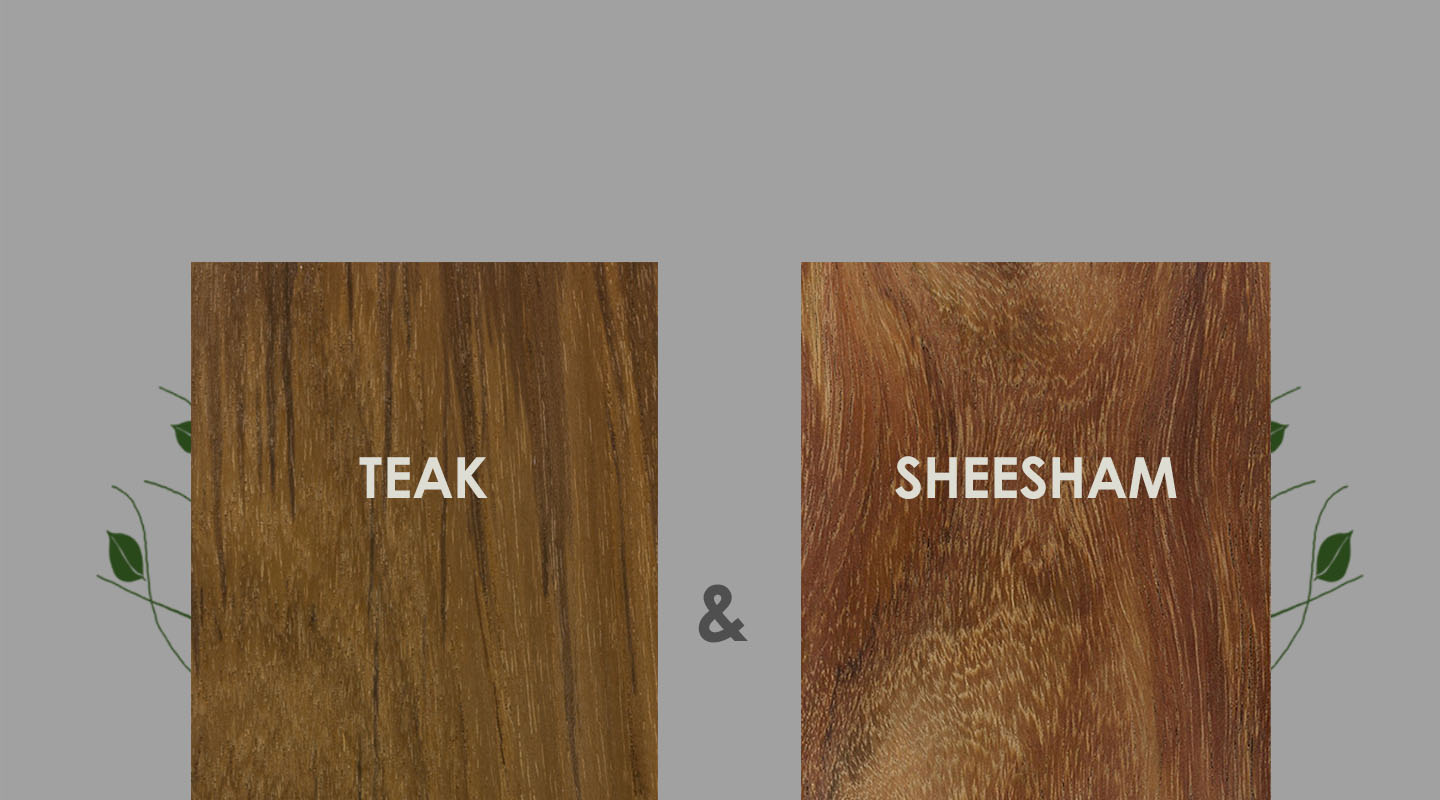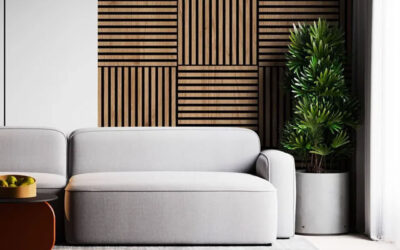In a world where mass-produced alternatives are the norm, solid wood furniture stands out as a symbol of lasting quality and classic beauty. Among the overload of options, two types of wood, Sheesham and Teak, emerge as the most intriguing. Sheesham, with its unique origins and timeless elegance, and Teak, celebrated for its unparalleled strength and durability, each have their own distinct charm. Join us on a journey of discovery as we delve into the unique characteristics and suitability of Sheesham and Teak for your home.
Teak Wood: The Stalwart of Strength and Durability
Teak wood, hailing from the revered Tectona grandis species, is celebrated for its unparalleled strength and durability. The tree must mature for approximately 50 years to produce high-quality Teak, reaching majestic heights up to 30 meters. This slow growth ensures a dense and resilient wood that can withstand the test of time.
Originating from tropical regions worldwide, including a few states like Madhya Pradesh, Maharashtra, Karnataka, Nagpur, Tamil Nadu, Kerala, Gujarat, Odisha, and Rajasthan, Teak boasts a smooth texture, fine grain, and distinctive yellowish-brown hue.
Its versatility knows no bounds, and it is used in, for example, teak pillars in traditional Kerala homes, furniture, door and window frames, boat decks, outdoor seating areas, and cutting boards. With its natural resistance to decay and termites, Teak wood is a valiant choice for outdoor and marine environments.
Sheesham Wood: The Timeless Elegance of Indian Rosewood
Enter Sheesham wood, also known as Indian rosewood, sourced from the hardy Dalbergia sissoo species. Found predominantly in the north Indian states of Rajasthan, Uttar Pradesh, Punjab, Bihar, and Haryana, Sheesham trees reach heights of approximately 30 meters over 22 years.
Recognized by its exquisite veins, which range from rich reddish-brown to silver-grey in mature specimens, Sheesham exudes a timeless elegance that captivates the senses. In contrast, Teak wood has a more uniform colour and grain pattern, giving it a classic and understated look.
Embraced internationally as a premium species of rosewood, Sheesham finds its niche in furniture making, musical instruments, agricultural tools, and boatbuilding. While its water content makes it susceptible to wood-boring beetles, proper maintenance ensures a long and illustrious lifespan for Sheesham furniture.
Workability: Sheesham vs. Teak
Regarding workability, Sheesham and Teak offer unique opportunities for craftsmanship and creativity. Teak’s density and resilience make it a formidable material for outdoor applications and intricate carvings, but its hardness challenges even the most skilled woodworkers.
On the other hand, Sheesham’s pliability and prosperous grain invite artisans to explore their creativity, offering greater flexibility in crafting intricate designs and furniture pieces. With its ease of carving and finishing, Sheesham beckons seasoned craftsmen and aspiring woodworkers to unleash their creativity upon its noble surface.
Making Informed Choices for Your Home
As we conclude our exploration of Sheesham and Teak, it’s clear that there’s no one-size-fits-all answer to solid wood furniture. Each wood species has unique charm and character, catering to diverse tastes and preferences. It’s also worth noting that the cost of Sheesham and Teak wood can vary significantly, with Teak often being more expensive due to its high demand and limited supply.
Whether you’re drawn to the enduring resilience of Teak or the timeless elegance of Sheesham, understanding the nuances between these two classics is key. It empowers you to make confident decisions that align with your home aesthetic and lifestyle. So, embrace the beauty of solid wood, and let the timeless elegance of Sheesham and Teak weave their magic into your living spaces.
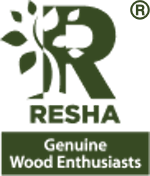
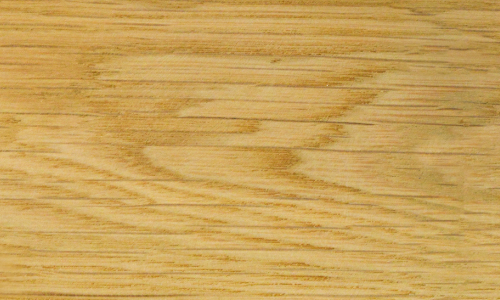 Exotic
Exotic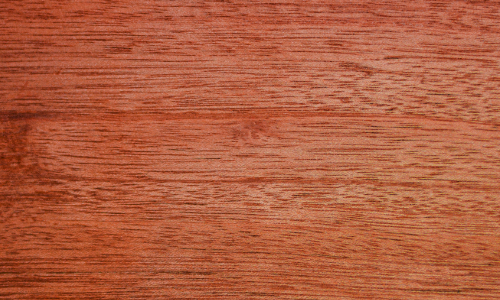 Hardwood
Hardwood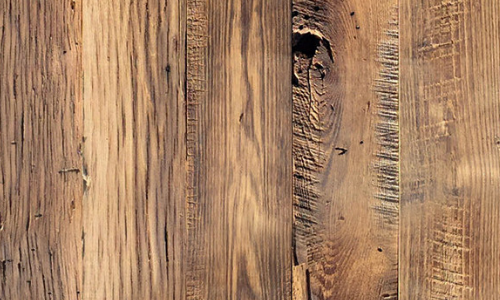 Reclaimed Wood
Reclaimed Wood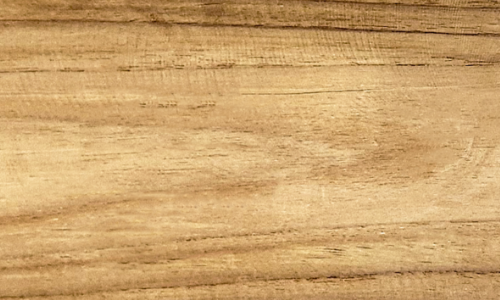 Teak
Teak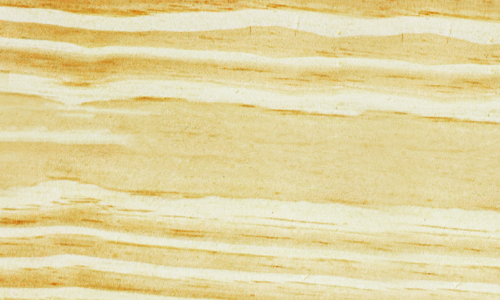 Softwood
Softwood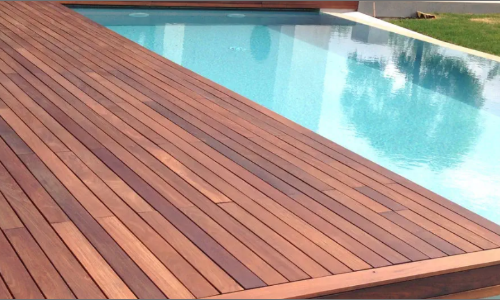 Decking
Decking Cladding
Cladding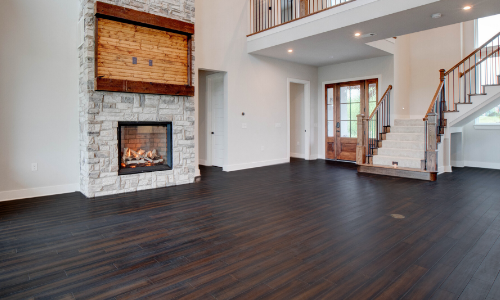 Flooring
Flooring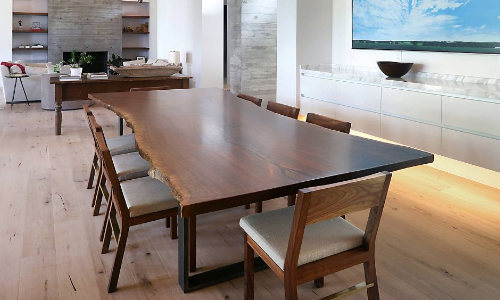 Table Top
Table Top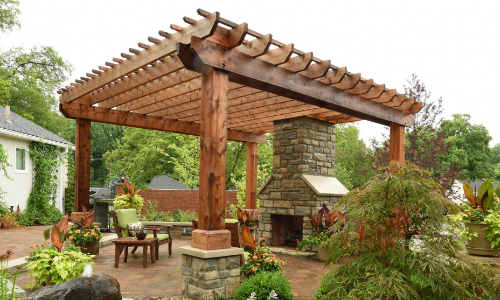 Pergola
Pergola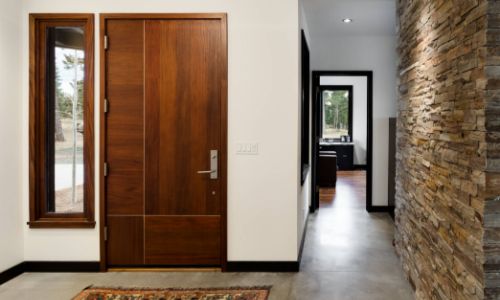 Door Frames
Door Frames